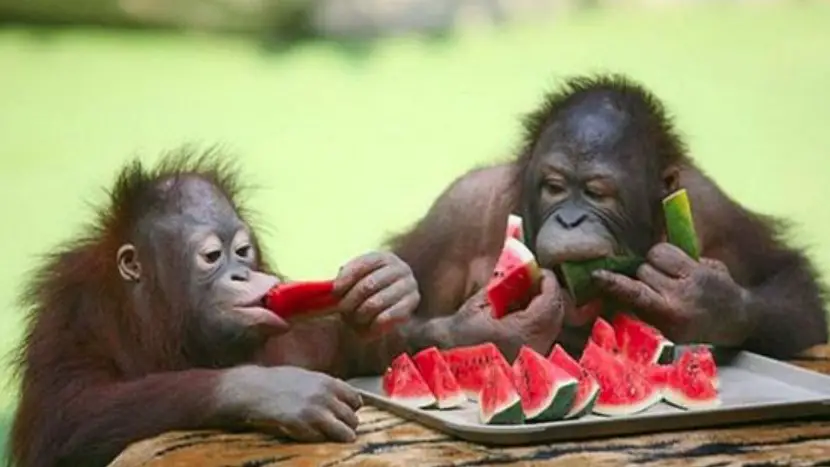Zoologists around the world are studying animal nutrition. There are not only many types of living beings in the world, but very many, and they all lead a different way of life, eating a variety of foods. Predators, herbivores, omnivores, scavengers – nature abhors monotony, sometimes creating the most unusual life forms.

- Tigers have enough problems finding food. According to observations, about 90% of his attacks fail. These big cats have to work hard to eat.
- After being well sated with blood, the leech can then not eat for 7-9 months.
- Some snakes eat 3-4 times a year. Having swallowed large enough prey, they then slowly digest it over a long period.
- In animals, nutrition is sometimes not moderate. Vultures, famous scavengers, for example, sometimes overeat so much that they cannot take off.
- Hares willingly eat various vegetables, for example, carrots, and cabbage. However, parsley is of particular interest to them – they simply adore it. Rabbits, by the way, too.
- Snails need calcium for normal nutrition, and because of this, a funny incident once happened in France. The building was painted with calcium-rich chalk paint, and soon the snails ate all the paint from the walls.
- Crocodiles approach food responsibly. Their jaws are not designed for chewing, so they usually tear pieces of meat from prey and swallow them, but fresh meat is difficult to tear, so they hide the prey and wait until it begins to rot.
- Such interesting animals as penguins calmly drink salty sea water instead of fresh ones. Their body simply removes excess salt with the help of special glands.
- Many snakes also feed on bird eggs, but the egg snake does not eat anything at all except them.
- Animals of some species are able to eat an amount of food equal to 20-25% of their own body weight per day.
- On occasion, hedgehogs willingly feed on vipers, since the venom of these snakes is not dangerous for these creatures covered with needles.
- In some animals, food should be almost continuous. For example, a mole will starve to death if it does not eat for at least 15-17 hours.
- Mold due to the penicillin it contains is deadly poisonous to many animals.
- Sheep usually feed on grass, but in Scotland, on the island of North Ronaldsay, they have long been accustomed to eating mainly seaweed, which the surf throws over the shore. It’s just that there are few good pastures.
- A fruit so healthy for us humans, like avocado, is deadly poisonous for dogs.
- Ruminants get their name from the fact that they continually chew and re-chew food. It is a necessary part of the nutritional process for them.
- Elephants’ teeth are worn down due to the fact that these animals feed on rough plant foods. Their teeth are renewed, but not endlessly, and after the last of them are grinded, the elephant usually dies of hunger if the relatives do not take care of it and do not feed it.
- Bats hunt and feed at night. Moreover, if one individual is sick, then the relatives bring her food, not letting him die of hunger.
